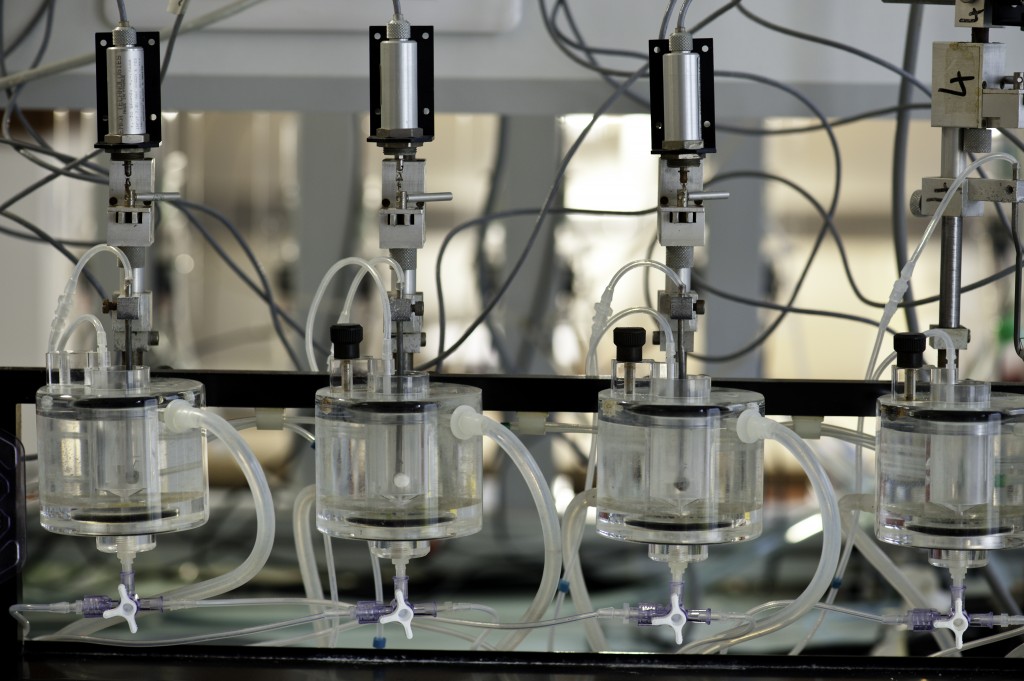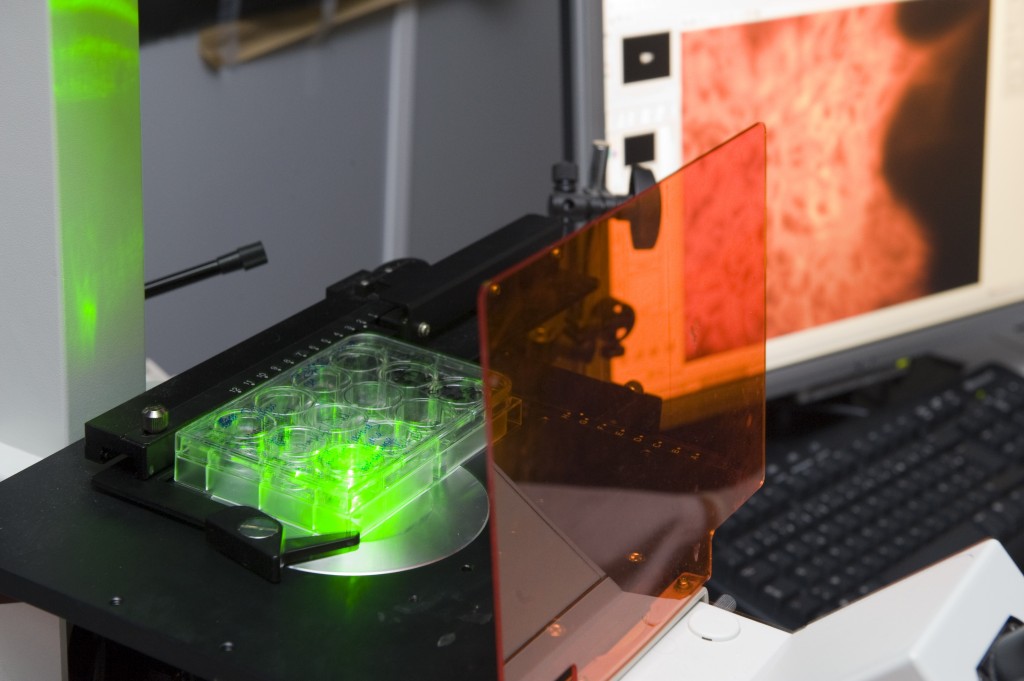

Digestive
Digestive or Enteric Nervous System (ENS) is a true second brain which regulates digestive motility and permeability of the intestinal epithelial barrier (IEB).
Do you want to know the impact of your pharmacological or nutritional compounds on digestive functions
and their nervous system?
Various in vivo, ex vivo or in vitro tests in mice or rats (adult or newborn) were offered:
Technology
|
 |
Test 1 : In vivo analysis
- In vivo analyse of intestinal permeability
Paracellular and transcellular intestinal permeability are determined by measuring the appearance in blood of two markers administered by gavage: FITC-sulfonic acid (paracelular marker) and HRP (transcellular marker).
- In vivo analyse of gastrointestinal transit
The effects of pharmacological or nutritional compounds upon the gastric emptying, intestinal transit and colonic transit in mice or rats are explored.
Gastric emptying is measured by determining the weight of the stomach contents and by normalizing to the amount of food ingested (on fasting animal) over a defined time.
Intestinal transit is determined by the time of emission of the first red feces after gavage with a solution of Carmine Red (not absorbed in the intestine).
Colonic transit is determined by the method of Fecal Pellet Output (FPO) (collection of faeces during 2H to determine the emission frequency, the fresh and dry weight with a moisture percentage is deducted). It can also be determined by measuring the time of bead expulsion inserted into the rectum.
- In vivo exploration by confocal endomicroscopy
Test 2: Ex vivo analysis
- Pharmacological and neuronal evaluation of gastrointestinal motility
The aim of this protocol is to assess ex vivo the action of pharmacological compounds on
1) GI muscle contractility and
2) enteric neuronal modulation of GI contractility in different segments of the gastrointestinal tract.
The segments of longitudinal or circular muscle are microdissected from various regions of the GI tract
(stomach, small intestine, colon). Isometric tension is continuously measured with an isometric force transducer. With a pair of electrode placed in the bath, the contractile response to activation of the ENS can be evaluated. Cumulative concentration-response curves are constructed in response to various agonists/antagonists.
- Pharmacological evaluation of gastrointestinal paracellular permeability
The aim of this protocol is to assess the effects of pharmacological compounds upon the paracellular or transcellular permeability in different segments of the gastrointestinal tract using the Ussing chamber technique.
Intestinal or colonic segments are stretched between an apical and a basolateral chamber filled with an appropriate medium. Paracellular fluorescent markers (FITC-sulfonic acid) or trancellular marker (HRP) are added to the apical chamber.
At regular interval, medium of the basolateral side is collected and the concentrations of FITC-sulfonic acid and HRP are determined.
Test 3: In vitro analysis
Animal models :
- Disorder of the digestive motricity (adult and newborn)
atresia of the hail; SRF – SM – create (T2)
- Intestinal inflammatory diseases (rats, mice)
TNBS (chemo-induced colitis), IL10-/- (enterocolitis mimicking Crohn’s disease)
- Neurodegenerative diseases (mouse, rat)
Rat Tg α-synuclein human, mouse rotenone…





